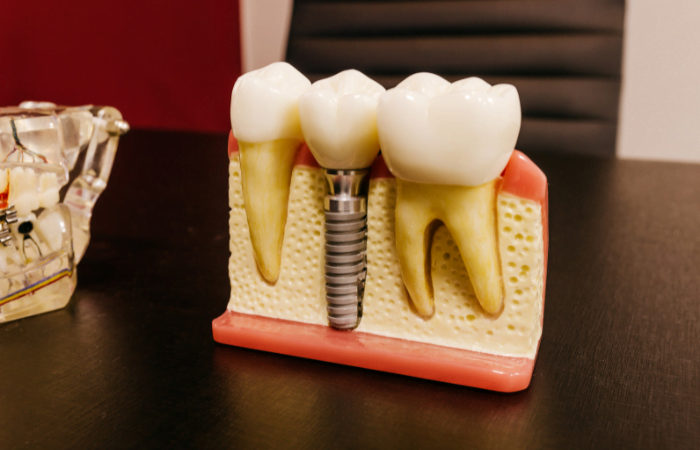
Dental implants are a popular and effective solution for replacing missing teeth, offering a natural-looking, long-lasting alternative to dentures and bridges. However, the healing process after getting dental implants can be a gradual one, requiring patience and care. In this guide, we’ll walk you through the various stages of dental implant healing to help you understand what to expect during recovery.
If you're considering dental implants near me, or you’ve recently undergone the procedure, it’s important to know what to anticipate as your body heals. Understanding the process can help you take the right steps toward a smooth recovery.
Before the healing process even begins, the first step is the consultation with your dentist or oral surgeon. During this visit, your dentist will evaluate your oral health and determine whether dental implants are right for you. This may involve X-rays, CT scans, and a thorough examination to assess the condition of your jawbone.
Once the assessment is complete, the dental implant placement procedure can begin. In most cases, the dental implant consists of a titanium post that will be surgically placed into your jawbone. After placement, you may feel some discomfort or swelling, but these symptoms should subside within a few days.
Following the placement of your implant, the healing process enters the osseointegration stage. This is the most critical part of the recovery process. During osseointegration, the titanium post of the dental implant fuses with your jawbone. This process typically takes between 2 to 6 months, depending on your individual healing rate and the condition of your bone.
During osseointegration, it is crucial to avoid putting excessive pressure on the implant. For this reason, your dentist may advise you to follow a soft diet and avoid chewing on the side of your mouth where the implant was placed. Maintaining good oral hygiene is also important to prevent any infections that could disrupt the healing process.
Once osseointegration is complete, the next step is the placement of the abutment, which connects the dental implant post to the artificial crown or bridge. This is typically a minor procedure that can be done under local anesthesia.
After the abutment is placed, the gum tissue around the implant will need time to heal. The healing period for the gums usually takes about 2 to 3 weeks. During this time, you may experience mild discomfort or swelling, but it should gradually subside. Your dentist will give you instructions on how to care for the area to ensure proper healing.
The final step in the dental implant healing process is the placement of the crown or other restoration, which will give your implant a natural appearance and function. The restoration is custom-made to match the color and shape of your natural teeth, ensuring a seamless fit in your smile.
This process usually takes about 4 to 6 weeks after the abutment placement, allowing time for the gums to heal around the abutment and for any necessary adjustments to the crown. Once your restoration is placed, you’ll be able to enjoy the full benefits of your new dental implant, including the ability to chew, speak, and smile with confidence.
After the final restoration is placed, your dental implant will function just like a natural tooth. However, it’s essential to maintain proper oral hygiene and keep up with regular dental checkups to ensure the long-term success of your implant.
In some cases, it may be necessary to visit a nearby dental clinic for routine maintenance or adjustments. Your dentist will monitor the condition of your implant and surrounding gums, making sure that everything is in good shape.
Several factors can influence how quickly you recover from a dental implant procedure, including:
A] Bone density: If your jawbone is not thick or dense enough, your dentist may recommend a bone graft procedure to help support the implant.
B] Age: Younger patients generally heal faster than older adults.
C] Smoking: Smoking can slow down the healing process and increase the risk of complications, such as infection or implant failure.
D] Oral health: Maintaining excellent oral hygiene can promote faster healing and reduce the risk of infection.
The process of healing after dental implant surgery is a gradual one, with several important stages that lead to a successful, long-term result. Whether you’re looking for types of dental implants or wondering how to care for your new implants, it's essential to follow your dentist's advice for the best recovery experience. Taking good care of your implant will ensure that it lasts for many years to come.
If you are looking for a reliable dental implant provider, start by searching for dental implants near me and consult with a professional to discuss your options. A well-executed dental implant procedure can change your smile and improve your quality of life. Make sure to select a nearby dental clinic with experience and expertise in dental implants to ensure the best results. Remember, patience and proper care are key to a smooth recovery process. Your new dental implant could be the start of a new, healthier smile!